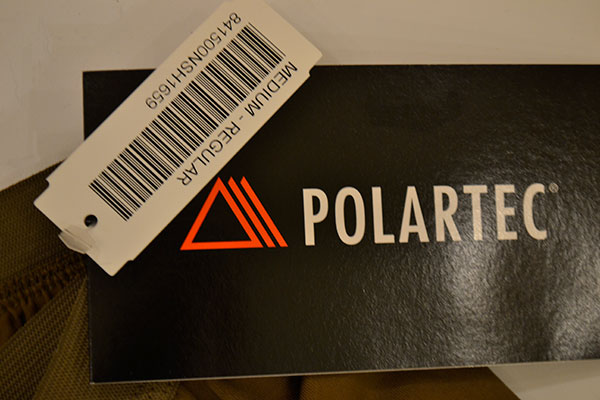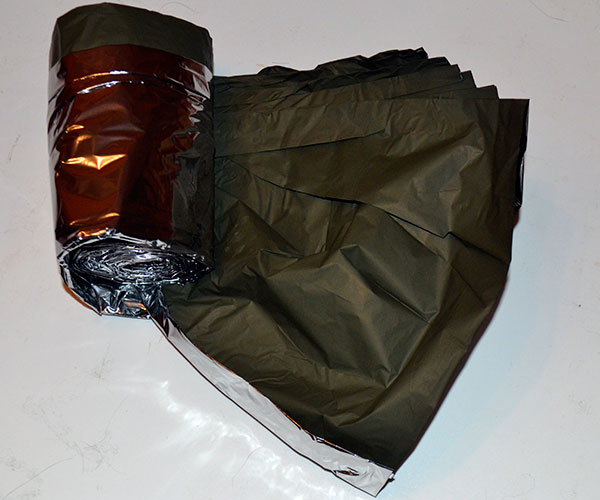Choosing the Right Sleeping Pad

There are numerous types to choose from but essentially, you want cushioning and more importantly insulation against the cold ground when picking out a sleeping pad. The standard foam pad is probably one of the more popular sleeping pads and they are relatively inexpensive. Foam pads are designed specifically for those on the go and they will stand up to the rigors of camp life.
Because of it solid foam construction there are no worries about punctures and deflation and a few rips or gouges have no effect on the serviceability. The cushioning is adequate but of course, it is not as good as an air mattress. The insulating quality is good to excellent due to the thousands of air cells created in the making of the foam.
Keep in mind there are varying degrees of quality in foam pads so make sure you choose one adequate for your needs, and always know the type of country you are planning to hike or camp in.
A foam pad provides more insulating qualities than it does cushioning, and many hikers and other outdoor enthusiast choose them specifically for their insulating properties because in cold weather having insulation between you and the ground can prevent hypothermia.
Foam material can absorb moisture over time but this has no effect on the insulating or cushioning quality. To dry simply unroll and let air dry by turning the mat over occasionally. The mat will provide some measure of protection when used on damp or wet ground but protection can easily be enhanced by placing a waterproof nylon tarp on the ground then place the foam mat on top.
Self-inflating air pads are more expensive, but do provide a greater degree of cushioning and insulating qualities because of the air chambers. The pad when deflated is easily rolled up and secured to the outside of the pack. However, they can be punctured by sharp rocks or sticks and this would be problematic if you were in the backcountry.
The self-inflating sleeping mats are waterproof and can be used on wet ground but again they can be punctured so it is recommended that you use a quality nylon tarp as a protective surface to lay the mat on. If used inside of a tent then the tent floor would provide some level of protection against punctures.
Air mattresses or sleeping pads that you have to inflate manually are probably the least desirable because of the effort required to inflate them especially if you do not have a portable air pump. There are rechargeable battery boxes/power converters that have air pumps or you can carry a portable air tank if you are camping in one place.
If you carry this type while hiking you will have to inflate using your own lungs and this is not desirable after a long day of hiking. Keeping the mattress inflated while hiking would make it near impossible to carry. This type of pad would be ideal for camping trips where you planned to stay in the same place and did not have to deflate/inflate on a daily basis.
Your mattresses needs to be maintenance free, lightweight and can be easily carried with a pack. You do not want to worry about rips, tears, and ending up with no cushion or insulation at all. The self-inflating and the ones you have to inflate manually are likely to come with a repair kit for small holes.
Pick your sleeping pad based on your needs. If you are planning to stay in one spot then a self-inflating sleeping pad will give you good cushioning and insulation, but if you are planning a hiking adventure and are sleeping in a different spot every night then a foam pad would be ideal.


